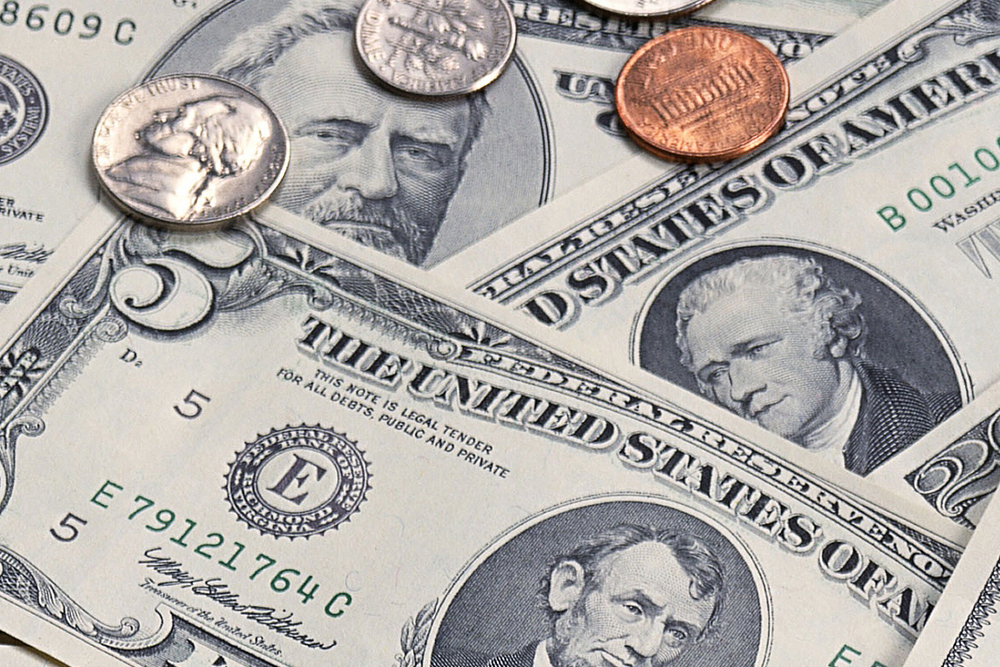The US dollar held steady in the European session on Thursday, expecting the Fed to start rolling back stimulus measures at its next meeting in November.
During a discussion at the ECB’s Forum on Central Banks, Fed Chairman Jerome Powell said inflation could remain elevated longer than previously thought due to supply constraints.
Powell added that inflationary pressures could ease when Fed starts tapering, and inflation returns to its long-term target of 2%.
Powell will address the House of Representatives Financial Services Committee at 10 am ET.
Senate Majority Leader Chuck Schumer said the senators reached an agreement to avoid the October 1 government suspension.
The legislation will provide government funding until December 3 but will not raise the debt limit to prevent default obligations.
Commerce Department data showed that US economic growth in the second quarter accelerated slightly more than previously estimated.
The Commerce Department said real gross domestic product rose 6.7% in the second quarter, up from the 6.6% jump previously reported. Economists had expected GDP growth to remain unchanged.
In the Asian session, the US dollar showed mixed trading against its major counterparts, declining against the yen and pound sterling and maintaining strength against the franc and euro.
The dollar rose to a nearly 6-month high of 0.9368 against the franc and a 1-1.5-year high of 112.08 against the yen, compared to yesterday’s values of 0.9338 and 111.94, respectively. As a result, the US dollar may face resistance in the 0.95 regions against the franc and 114.00 against the yen.
Against the euro, the dollar hit a more than 1-year high of 1.1568, up from 1.14 on Wednesday. If the dollar grows further, the next resistance level is likely to be at 1.12.
Data from the Federal Labor Agency showed that the unemployment rate in Germany remained unchanged in September.
The unemployment rate in September was at a seasonally adjusted 5.5%. The expected rate was 5.4%.
The dollar rebounded to 1.2756 against the Canadian dollar, after an early low of 1.2711. At yesterday’s close, the dollar traded at 1.2752 against the Canadian dollar. 1.29 is likely to be seen as the next resistance level.
In contrast, the dollar retreated from its previous highs of 0.6860 against the New Zealand dollar and 0.7170 against the Australian dollar and traded at 0.6891 and 0.7222, respectively. As a result, the currency may support around 0.70 against the New Zealand dollar and 0.75 against the Australian dollar.
The US dollar weakened to 1.3495 against the pound since yesterday’s close at 1.3425. The dollar is forecast to face support around the 1.36 level.
Revised data from the Office for National Statistics showed that the UK economy grew more than originally anticipated in the second quarter, thanks to strong consumption. The gross domestic product grew by 5.5% sequentially instead of 4.8% previously expected. As a result, growth reversed a 1.4% decline in the first quarter.


